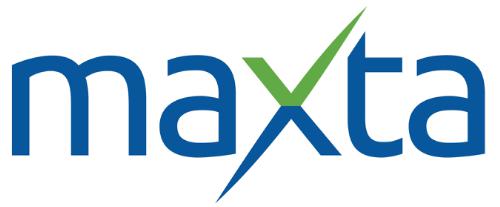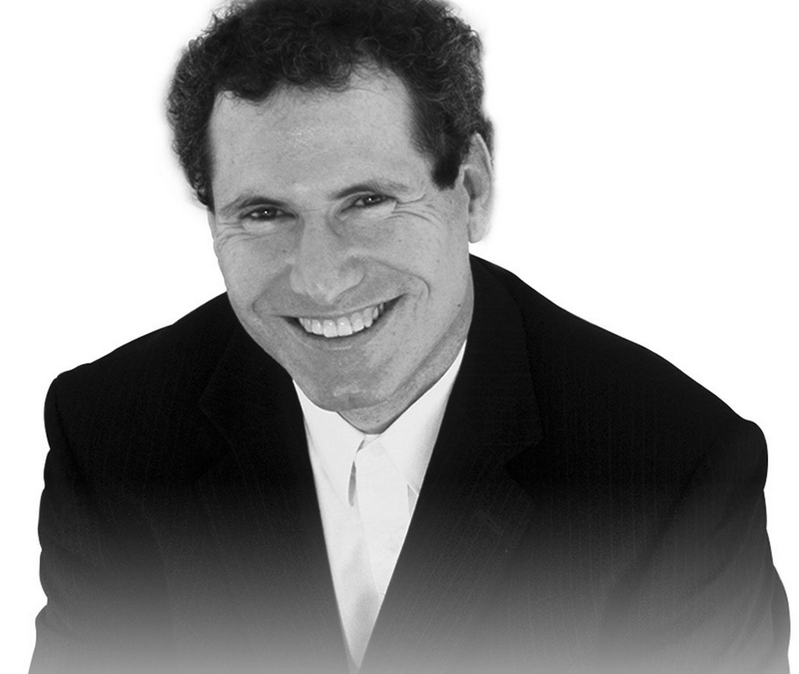 Maxta, interview continued with CEO Yoram Novick
Maxta, interview continued with CEO Yoram Novick
Date: 18 November 2013
Maxta CrunchBase profile
CEO Series
As a part of a larger series, I am interviewing CEOs that lead companies in the field of Storage, Virtualization and Networking. What developments in the market did they see that inspired them to build their company? How will the market develop from here? These questions are on most of our minds, and I am keen on asking leaders in the industry for their views.
In this article, I interview Yoram Novick, the CEO of Maxta Storage.
Maxta
A short introduction to Maxta based on my introductory article of last week.
Maxta offers a software storage solution, that creates a storage layer across server side flash + magnetic storage. The solution works by installing their software on each of the servers you want to include and Maxta creates a storage pool across them.
Magnetic disks are leveraged for capacity and flash is used as a caching layer, with the capability of accelerating both reads and writes. For speed and redundancy, the software replicates writes between the server flash of different hosts, and de-stages to magnetic disks later.
I interviewed Yoram Novick to learn more about Maxta and his views on the storage market
 How did you come to build Maxta, what was your inspiration to do so?
How did you come to build Maxta, what was your inspiration to do so?
I have been in the Storage industry for many years, I started my career building storage for mainframes a long time ago, when I was at IBM.
I figured out that all the storage vendors are building boxes and their value is inside their boxes, while many functions were actually better suited outside the box.
In 2000 I founded my first company, named Topio. We were in the business of data replication. Rather than doing data replication inside the storage array, my idea was to take this software and put in in the server, rather than in the storage array.
This company was pretty successful because the idea of doing software outside the storage array and avoiding vendor lock-in, caught on. It had a good exit, it was baught by Netapp.
Starting up Topio made me realize a few things; first it makes a lot of sense taking the functionality out of the storage array, this is what the success of Topio taught me. Second, Topio couldn’t be hugely successful because we only represented a small part of the full functionality of a storage array.
That got me to the point that for my next company, I would repeat the success of putting functionality into software, but I would make it a complete storage product. That is the basic idea behind Maxta.
Fortunately, it was also good time because virtualization took place. In the virtualized environment, the problems that people had with storage were magnified.
How do you see the future of storage, with regards to centralized SAN vs Distributed storage
I believe the evolution of storage will be similar to the evolution from mainframe computing to distributed computing. It started with the centralized model and developed into distributed computing. Of course, the biggest mission critical applications were still running on mainframes and in some cases still are.
I think storage is going through the same change, where centralized storage array is still making a lot of sense particularly in business critical environments. For quite some time, the most critical applications will run on centralized storage for this reason.
More and more people will move into distributed storage because it makes a lot of sense from an economical point of view and it is much simpler. Along the way distributed storage will get the credibility that people need to put mission critical applications in.
Maxta is initiailly not targeting mission critical data, we are going after usecases that are easier to jusitify for distributed strorage. The main usecases we aim for are VDI, Test& Development, DR sites and SMB environments.
Considering your product placement, who do you consider to be your main competitors?
When we face competition, it is mostly from traditional storage arrays. If you buy a storage array solution, you usually buy a known name which makes sense for business critical applications.
Do you see companies like Nutanix that offer a boxed solution, as a competitor?
We do not see a lot of customers that consider us and Nutanix. Personally, I think the boxed solution will be even harder to digest than a storage array solution.
They do not have the known name advantage like our traditional storage competitors. Additionally, in a solution like Nutanix there are a lot of powerful components in a box which drives up the cost.
The scalability is also not optimal because you have to add complete, expensive boxes instead of being able to upgrade just storage like with Maxta.
From a simplicity point of view, we integrate with the virtualization interface which none of these boxed solutions do. Then another key difference is data services; snapshotting and cloning. Everybody says they have it, but when it comes to efficiency and manageability, Maxta has a significantly better solution.
How does Maxta perform compared to above competitors?
The performance is screaming. We can get 10’s of thousands of IOPS on just one server.
We will always be faster than writing to a flash storage array. When you write to an array, the server needs to write the data over the network, then the write needs to be acknowledged back over the network. If you compare that to Maxta, we are much closer to the application but will always be closer.
In a real world scenario, we can beat any all flash arrays.
How would you compare the performance to an all flash array + Pernix Data?
We are aware of them. PernixData cannot be any faster than us, they are actually slower. I will give you the reason; Pernix data is a subset of what Maxta is doing.
Read my interview with Poojan Kumar, the CEO of PernixData
They are putting a write back cache in front of the storage array. They have to write to the local write back cache and synchronise to another write back cache. They are doing exactly what we are doing.
The only difference is that they have to destage to a storage array. Maxta’s advantage is that we destage to local disks, which is much faster. So any number you can get with Pernix, we get better numbers.
Another problem with acceleration-only solutions is with snapshots and replication. When you take a snapshot with Maxta’s solution, we always know where the data is because we control the entire storage solution.
It is a very risky solution if you only take part of the storage stack. Unless you have a fully integrated solution, having the data stored in multiple places might not be such a good idea.
So if you are looking at Pernix, it is only about performance. If you run the same SSDs, we will get the same numbers or better. Moreover, we believe that most enterprise customers care more than just about performance. They care about simplicity, cost and performance. We are not pitching just performance, we are saying you need a complete solution.
What type of hypervisors do you support?
We support VMware, and we also have a limited availability for KVM and Hyper-V.
It is not yet at the stage that our VMware solution is at right now, but we do supply the solution to customers that really need it.
How did you come to select Andreessen and Horrowitz, and how involved are they?
There are only a few VCs that can be called Tier 1 investors, among the top 5 that are in that range.
Andreessen and Horrowitz are definitely one of the top. Added to that, they have both the experience specifically virtualization and everything software. So they are the ideal VC for what Maxta is doing.
They are very involved in all aspects of the company. Of course there is a difference between the investors and the people at the company they invest in, we do the actual work.
Though they are not doing the work, they are really involved in giving feedback on our approaches on marketing, development, what features to focus on first.
Looking back on Maxta, what have been the key ingredients to your success?
We have a lot of dedicated people that are working hard to make all this happen. But first and foremost we have a great engineering team. They built something that nobody could even get close to. Specifically we have 4 very senior engineers that have been both around Storage and Virtualization; they bring a lot of complementary experience.
What is your go-to-market plan?
We focus on North America though we have customers worldwide, North America, Europe and we have some presence in APAC as well. These are paid customers in production. Specifically we have paid customers in your country, The Netherlands.
What are your goals with regards to Maxta?
Our goal is to replace all storage services with software, analogous to the article we spoke about of Marc Andreessen (Why software is eating the world), we believe software is eating the storage box.
So it’s software eats the world and Maxta eats the storage box?
Yes. That’s absolutely right.
We will follow up on Maxta storage as soon as we have more information, so stay tuned!
Background and Links
Maxta website
Marc Andreessen’s article Why software is eating the world
Interview with Poojan Kumar, CEO of Pernix Data
Crunchbase article on Yoram Novick
Introductory article to Maxta – Willemterharmsel.nl
Post by Marcel van den Berg
Great tech review / labtest by The Register
Geef een reactie